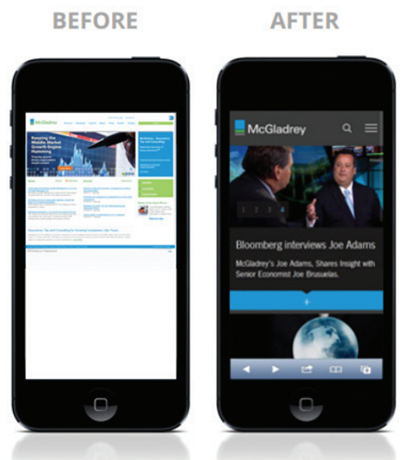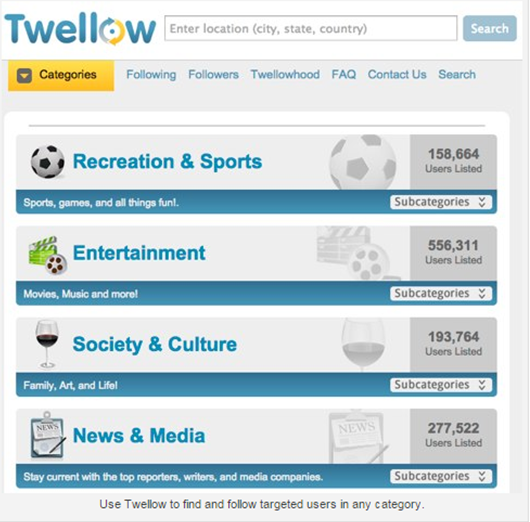A blog post previously has touched on considering the target audience that use social media and what they use it for. This seemed particularly important to a company’s marketing initiatives through these platforms, as each company has a different target audience they need to reach. It may be an easy form of engagement with customers, but if you are not engaging the right customers then it is not likely to add value, or revenue to your company, and with so many different forms of social media this can be a tricky path to navigate.
The first and most obvious to start with is the veteran of social media; that is Facebook. Put it this way, if Facebook was a country, the only two countries with larger populations would be China and India. This is a crazy number of people that businesses have placed at the palm of their hands for marketing purposes, especially if they are a multinational company that expands over several continents (Smashing Apps, 2011) . The diagram below shows where Facebook reaches:
This shows the reach to the scale that it is, with only regional social media sites being more popular in certain areas, although, that is something to consider for certain areas and marketing.
However, even though Facebook is the largest it does not necessarily mean it is the best for your companies marketing needs, so I will move on further into age and what each company is best for.
Age
The answer to who uses social media to communicate is not a simple one, but it would be a mistake to only consider it to be young people. While there are predominant user age groups over others; this does not mean that older generations do not engage. A recent study found that 66% of all adults have more than one social media platform and they have been the fastest growing communication device. To put it into perspective it took 38 years for radio to reach 50 million listeners and Facebook only 4 years to reach 500 million users showing the popularity cannot just be in youthful users (Walaski, 2013).
For the U.K here is a break-up of the percentage of people on some of the most popular social media sites:
 Source: Social Media Chimps, 2012
Source: Social Media Chimps, 2012
Here this shows the different patterns of usage between male and female, and even though there is not a massive difference, some lean more towards having more male or female users. This may be something to take into account if you are targeting a particular gender.
However, another important factor is age as so many companies have different age targets for their products or services. For example, you wouldn’t be trying to promote brand awareness and customer relationships providing retirement products over the site Flickr as only 9% of that age population use it. It also shows that Facebook and YouTube have consistently high usage within all the age groups, so these channels may be best for reach if the product is quite generically used by all age groups.
Social media usage is shifting slightly though, the 45-54 age brackets are the ones still growing in usage of Facebook and Google + whereas the younger generation have stagnated. This could be due to the more likely chance that they take up newer sites and ideas when they are introduced (Buffer Social, 2013).
 Source: Social Media Chimps, 2012
Source: Social Media Chimps, 2012
What are the sites used for
The differing audience ages and site offerings are also something to consider. There are the photos and video based platforms such as Instagram, Pinterest YouTube and Flickr. The social networking platforms Facebook, Twitter, Google + that focus on group identity, posting comments, uploading and sharing content like videos, pictures, blogs etc. Then there are the ‘other’ sites such as the professional page LinkedIn, the blogging site Tumblr and the search and discovery app that allows you to see where your contacts have been Foursquare. (Social Times, 2014) This is not even a collective list but for a business to be able to use these sites effectively they must know what they are for and whether that could be channelled into marketing.
Age is also a consideration in the common uses of social media sites. The 18-44 age groups are the easiest to reach via social networking sites and are the most eager to pass on messages and make referrals for specific brands. For the age group between 45-64, it is necessary to contact them on social networks that they are already a part of and creating that ‘share worthy content’. Whereas the 65 + are most likely to use social media to connect to others such as family and friends, however, they also use the platforms to comparison shop for low prices (Pitta, 2010). This gives a short guide to develop and consider what social media platform is right for your company, as it is smart to consider whether it will reach the target audience, and be used as a benefit to your company’s brand, products or services. However, it is worth to note that Facebook generates 66% of total shared content over social media platforms (Social Times, 2014) and 80% of consumers would prefer to connect to a brand over Facebook (Buffer Social, 2014). So this platform has definite benefits over others for a digital marketing strategy.
To sum up there are definite benefits over using the large giants like Facebook, Twitter and YouTube as they reach such a wide ranging audience but it is important to consider how the age group they are addressing is using the sites and for what purpose? It is relatively obvious that the benefits of using some will work with some companies better than others, but the key is to getting to the right target audience. For example, using Pinterest to promote a male clothing range would be great as it is very visual but with 68.2% of users being female and 97% of fans liking Pinterest’s Facebook page being female, it may not reach as well as using another form of social media marketing (Pinterest, 2015). This is just a few considerations to ensure the right research is carried out before the initiative is carried out.
References
Buffer Social (2013) 10 surprising social media statistics that might make you rethink your social strategy. [Online] < https://blog.bufferapp.com/10-surprising-social-media-statistics-that-will-make-you-rethink-your-strategy> [accessed 28/04/2015]
PBT Consulting (2012) World Map of Social Networks [Online] < http://tommytoy.typepad.com/tommy-toy-pbt-consultin/2012/12/not-complacent-at-a-billion-users-facebook-is-parachuting-into-markets-all-over-the-globe-but-overseas-growth-that-once-see.html> [accessed 28/04/2015]
Pinterest (2015) Infographics. [Online] < https://www.pinterest.com/pin/234257618087475827/> [accessed 28/04/2015]
Pitta, D (2010) Using Social Media. Journal of Consumer Marketing. Vol. 27, No. 5.
Smashing Apps (2011) 34 Infographics to understand the world of social media. [Online] http://www.smashingapps.com/2011/11/24/34-stunning-infographics-to-understand-the-world-of-social-media.html [accessed 28/04/2015]
Social Media Chimps (2012) UK social media demographics. [Online] http://socialmediachimps.com/?attachment_id=6053 [accessed 25/04/2015]
Social Times (2014) What (and why) do people share on social networks. [Online] http://www.adweek.com/socialtimes/what-why-social-sharing/500025 [accessed 28/04/2015]
Walaski, P (2013) Social Media. Professional Safety. Vol. 58, No. 4, pp 40-49.









